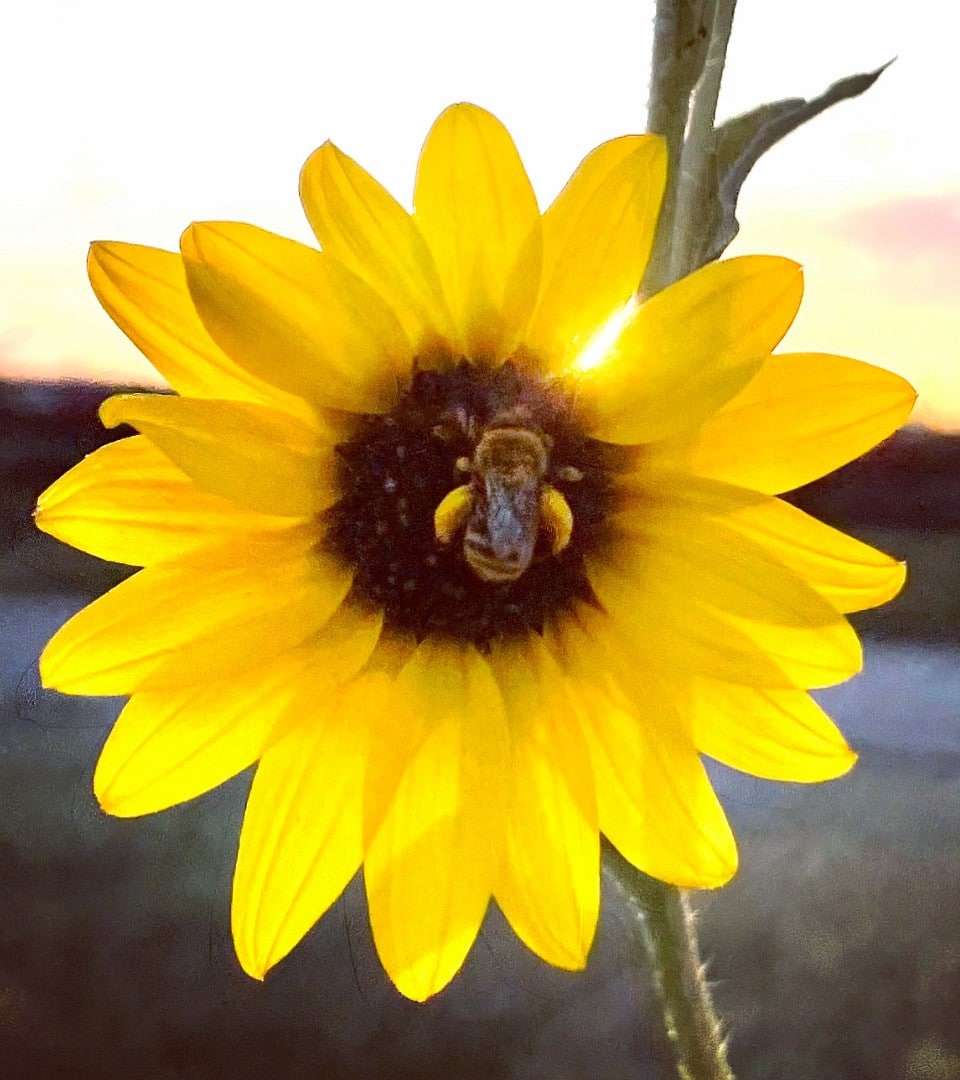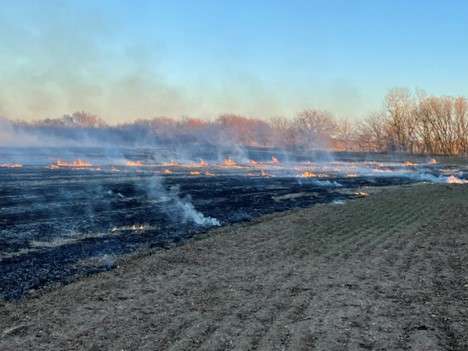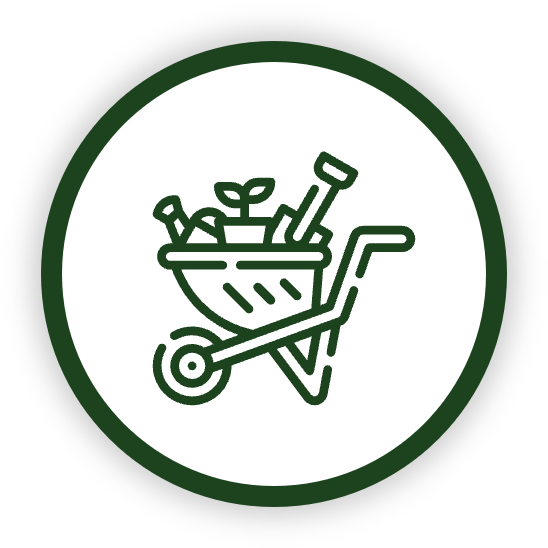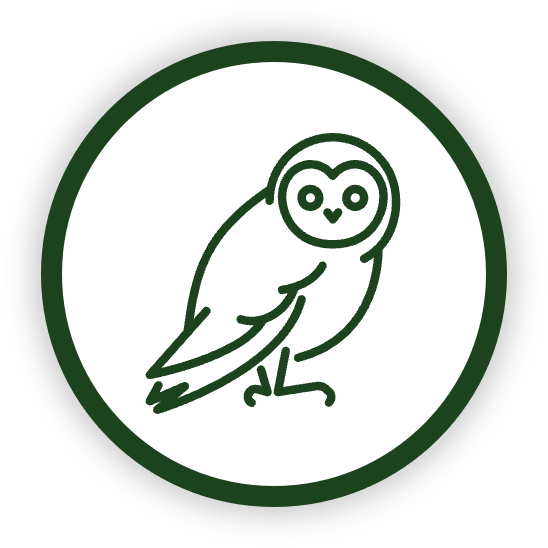2022 Q4 Impact Report
Letter from Founder and Team
This quarter, as we head into the winter, on-the ground activities are slowing down at Rainmaker Farm. As the deciduous trees drop their leaves in preparation for the harsh winter, we used beneficial fire to control some undesirable weeds, and put crop seeds in the ground in anticipation of the spring thaw. Rains finally returned to the region, saturating the soil, and finally providing the critical water to the trees in the orchard and around the border. That was followed shortly thereafter by snow, another form of precipitation giving water to the parched land. It is still dry, with the onsite pond mostly mud, and the creek with only a few puddles of water at the surface. However, the long-time local farmers are optimistic for a good rain year. The cattle that had been turning the residual grass thatch into fertilizer finished their work and moved off of the property. The honeybees are clustered in their hives, settled in for the long winter with the honey they made from the pollinator habitat at Rainmaker over the spring and summer.
During the winter season, we will continue to develop the farm infrastructure, and continue our outreach, education, and public involvement.


Our projects are working to do good on multiple fronts: carbon sequestration, regenerating soil, make food for those in need, plant diverse crops for stability in changing times, and providing habitat to support our farm as part of the larger matrix of natural systems in the region.
We could not do our work without donors. Our foundation’s administrative costs are covered through sponsorship donations, and all other donations go directly to on the ground project actions.
Summary of Q4 Activities
Our donor-funded activities are broken down into 7 main categories. The activities completed during this quarter are outlined below:

University Involvement Support
- Baseline soil sampling and analysis for Rainmaker Farm is complete, and final reporting was received in Q3 and is available on our website.

Diverse Planting
- Perennial: We continued to care for the newly planted orchard trees. As we move into winter, much welcomed rainfall has been providing the necessary irrigation.
- Annual: We planted no-till winter wheat in two fields, and cool season oats in a third.

Livestock Incorporation
- Cattle: Earlier in the year, Rainmaker Farm introduced 20 cattle (12 cows, 1 bull, and 7 calves), to control thatch in the established grassland area, and assist with nutrient cycling of that area. The estimated Residual Dry Matter (RDM; the older dried out plants from past growing seasons) at the start of the grazing was 4000lbs/acre, and these cattle stayed on Rainmaker until the RDM was reduced to 1000lbs/acre in the early winter.
- European Honeybees: Overall our four honeybee colonies have been thriving, however due to the drought, one of the hives didn’t produce enough honey to survive winter, and was combined with another hive that had lost its queen. Therefore, we have three hives that are well prepared for winter at the close of 2022.



Cover Cropping
- Cover cropping is beneficial to regenerative farming in many ways. It protects the soil from erosion. Many species replenish essential nutrients, such as nitrogen, in the soil. The deep roots from native species also help sequester carbon. Our native grass cover crop will continue to develop around the orchard, which will help with carbon sequestration, soil stabilization and retaining water in that soil. We utilized prescribed burning, a natural part of grassland systems, to help with nutrient cycling and to control invasive plant species in the cover crops in the north fields.


Farm Equipment & Supplies
- Rainmaker Farm purchased a small tractor to use onsite for planting and farm maintenance.

Infrastructure
- We have started the process to install a solar well and anticipate it will be completed by the end of the year. A solar well will be crucial for dry years like this one when the creek does not flow above the surface.
- Our barn got a barn door, allowing us to securely store equipment through winter. We also put down a gravel driveway leading to the barn.

Rainmaker Farm
- Ongoing monitoring of the Barn Owl Nest boxes Rainmaker Farm is using ecological pest management.
Targets and Goal Tracking
We are on track to meet our targets and goals.
Next Steps
In Q4, we anticipate:
- Planting cool season crops, including winter wheat and alfalfa.
- Continue to care for the orchard and border trees.
- Starting to prepare the infrastructure for poultry, which will provide natural pest control, fertilizer, and eggs.
- Developing additional water sources (water catchment, solar wells, etc.).
- Continuing our outreach and education efforts.
